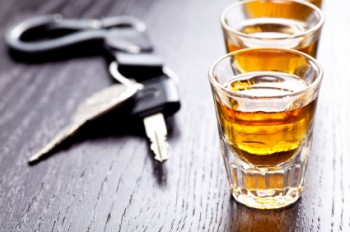Throughout the recent years, the trend of drink-driving has increasingly become more worrying. The Department for Transport (DfT) says provisional estimates for 2016 show that between 200 and 280 people were killed in accidents in Great Britain alone, where at least one driver was over the drink-drive limit. This gave a central estimate of 240 deaths – an overall statistically significant rise.
 Today, figures were released by the DfT, saying an estimated 9,050 people were killed or injured in 2016 in a crash involving a drunk driver. To show the significance of this-this is a 580 increase from 8,460 in 2015, and is the highest number since 2012.
Today, figures were released by the DfT, saying an estimated 9,050 people were killed or injured in 2016 in a crash involving a drunk driver. To show the significance of this-this is a 580 increase from 8,460 in 2015, and is the highest number since 2012.The total number of collisions and accidents where at least one driver was over the alcohol limit rose by six percent to 6,080 in 2016. IAM RoadSmart was concerned enough by the static figures since 2012 but this new upswing underlines that it is the time to get into action with more proactive policies.
Neil Greig, IAM RoadSmart director of policy and research, said: “Today’s figures are hugely disappointing. We need more targeted policing and a lot more driver education regarding drinking and driving. Targeted policing in known areas would send a clear message to those still prepared to have a drink and drive.
“We suggest a two-pronged attack: firstly, continued education and a lower limit for the law-abiding majority who might stray or who don’t yet understand the risk, and secondly, getting the police to be more upfront about what targeted enforcement actually means as they seek to catch those selfish enough to ignore the current limit.”
How to detect a drunk driver?
So, what can you do to lower this stressing issue of drink-driving?
To find more CarCliq news click here
“We suggest a two-pronged attack: firstly, continued education and a lower limit for the law-abiding majority who might stray or who don’t yet understand the risk, and secondly, getting the police to be more upfront about what targeted enforcement actually means as they seek to catch those selfish enough to ignore the current limit.”
How to detect a drunk driver?
- Making wide turns
- Weaving, swerving, drifting, or straddling the centre line
- Almost striking an object or vehicle
- Driving on the wrong side of the road
- Driving at a very slow speed
- Stopping without cause
- Braking erratically
- Responding slowly to traffic signals
- Turning abruptly or illegally
- Driving after dark with headlights off
So, what can you do to lower this stressing issue of drink-driving?
- If you know you're going out drinking, arrange a lift or designate a non-drinking driver.
- Call a taxi.
- Protect others by taking their keys if they attempt to drive after consuming alcohol.
To find more CarCliq news click here